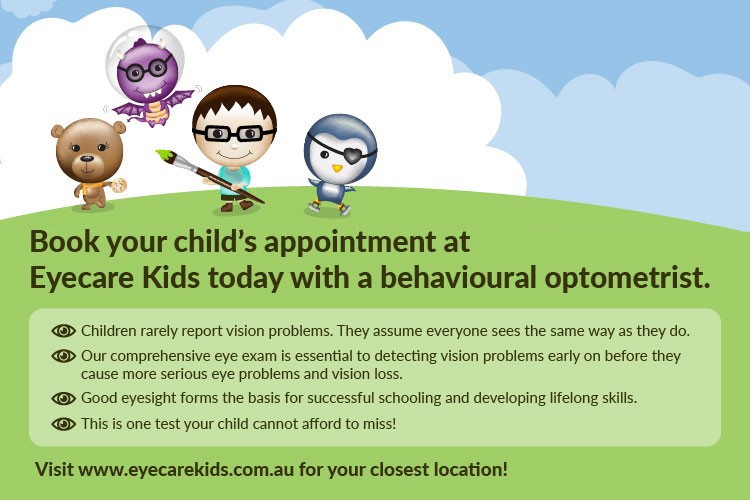“Short-sighted and long-sighted”—these are some of the strange terms which optometrists may use to describe your vision. Furthermore, these terms can also be interchanged with “myopia and hyperopia”, which often ends with you leaving more confused at the end of the visit. This article will explain some of the common terminology used by optometrists and explore what they mean to your vision.
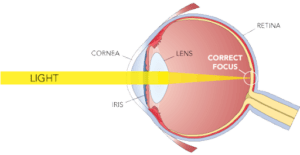
First, we must explore one of the roles of an optometrist, which is to assess the quality of your vision. This is done by testing to see whether light is correctly focused on a sensory tissue known as the retina. If light is incorrectly focused, it will result in a poorer vision. Depending on how it is incorrectly focused, the optometrist will make a certain diagnosis, which we will explore below.
Short-sightedness or Myopia
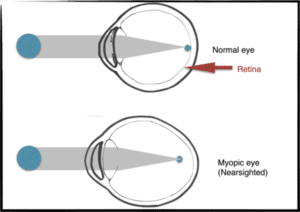
“Myopia”, or more commonly known as short-sightedness, simply means that your vision is blurry specifically when you look at distant objects. However, you will be able to see near without much difficulty, hence the name “short-sighted”. This condition is caused when the light is focused ahead of the retina (Image 2). Thus, the job of the optometrist is to shift the focus of light further away, which can be achieved through spectacles, contact lenses or surgery.
Long-sightedness or Hyperopia
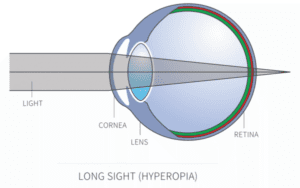
In this case, Hyperopia or long-sightedness occurs when the patient has trouble seeing near objects, but will find it easier to see distant objects. This blur is the result of the image being focused behind the retina (Image 3). Correction is achieved by shifting the light closer to the retina.
Astigmatism
Optometrists may sometimes combine either short-sightedness or long-sightedness with astigmatism.
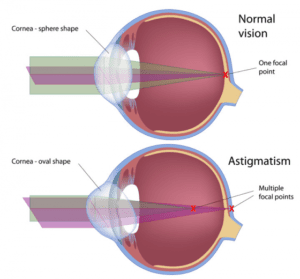
Unlike the other two terms, there’s no simple word for astigmatism, mainly because it can confusingly affect both your distance and near vision as well! This condition occurs when light is not uniformly focused which can result in multiple focal points (Image 4).
Patients who have astigmatism will
often describe that certain letters or words on a page will be blurry despite all of them being the same size.
As shown below, there are many different types of astigmatism, but fortunately, correcting astigmatism is still done via spectacles, contact lenses or surgery.

20/20 Vision or 6/6 Vision
“Twenty twenty vision” or “20/20” is often a term associated with vision, but what does it mean? This is often a misunderstood term because people assume that it means perfect vision. The fact is optometrists in Australia rarely use this term because this phrase is based on the empirical system (or American system). Instead, we use “six six vision” because 3 feet is equal to 1 metre. Still confused? Well, there’s more, because twenty twenty vision represents a standard of vision which we feel is normal for a patient, but in fact, a lot of people see better than 20/20!

